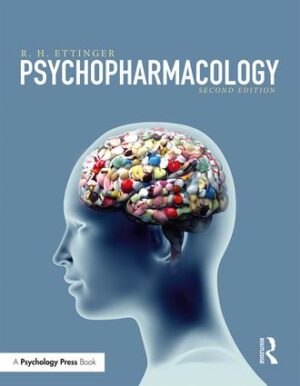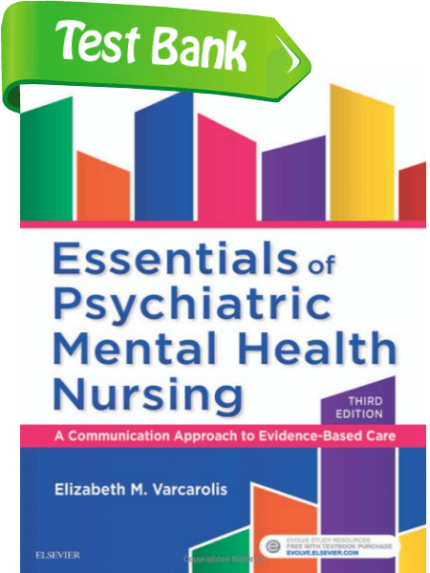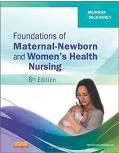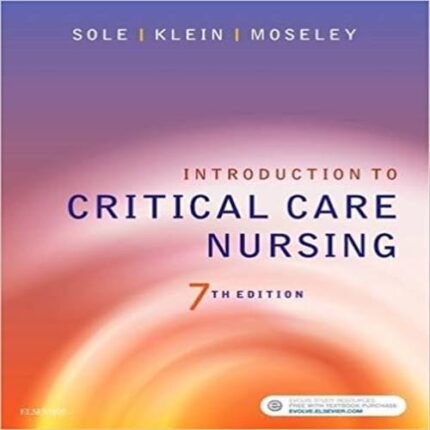Public Health Nursing Population Centered Health Care in the Community 9th Edition – Test Bank
Do you need test banks fast? eTestBank.net is the best test bank website for you! Download your test bank right after you pay. No waiting!
Why eTestBank.net is Great:
✅ Instant Download:
Get your test bank right away after payment.
✅ Unlimited Downloads:
Download your test bank anytime and as many times as you want.
✅ 24/7 Live Help:
We are here to help you all day, every day.
✅ Guaranteed Delivery:
If you don’t get the download right away, we will send it to you in 3 to 6 hours.
How to Get Your Test Bank:
- Pick Your Test Bank: Choose from many test banks.
- Pay Safely: Pay securely on eTestBank.net.
- Download Instantly: Get your test bank immediately after payment.
- Download Anytime: Unlimited downloads whenever you need them.
Need Help? Contact Us:
📧 Email: [Support@etestbank.net]
📱 WhatsApp: [https://wa.me/message/MC222DLQ4GDXL1r]
Didn’t Get Your Download?
Don’t worry! If you don’t get the file right away, we’ll send it to you in 3 to 6 hours. Need it sooner? Contact us by email or WhatsApp.
💡 Buy now from eTestBank.net for instant downloads, unlimited access, and 24/7 support—get your test bank today!
Chapter 04: Perspectives in Global Health Care
Stanhope: Public Health Nursing: Population-Centered Health Care in the Community, 9th Edition
MULTIPLE CHOICE
1.The key to achieving the goals of Health for All in the 21st Century (HEALTH21) is the worldwide:
|
a. |
cure of communicable disease. |
|
b. |
technological development of all nations. |
|
c. |
availability of health care insurance. |
|
d. |
implementation of primary health care. |
ANS: D
The major key to attaining Health for All by the Year 2000 was the worldwide implementation of primary health care; this has extended into the next century with the document HEALTH21. The World Health Assembly in 1977 stated that all citizens of the world should enjoy a level of health that would permit them to lead a socially and economically productive life. Curing communicable disease, technological developments of all nations, and availability of health care insurance are not part of the key strategies to achieve the goals of HEALTH21.
DIF:Cognitive level: UnderstandingREF:pp. 62-63
TOP:Nursing process: Planning
MSC: NCLEX: Health Promotion and Maintenance
2.Which health problem is in need of control in developed countries?
|
a. |
Hepatitis |
|
b. |
Malaria |
|
c. |
Polio |
|
d. |
Smallpox |
ANS: A
Current health concerns in more developed countries are hepatitis, infectious diseases, and new viral strains such as hantavirus, SARS (severe acute respiratory syndrome), H1N1, and avian flu. Malaria, polio, and smallpox are more commonly found in lesser-developed countries.
DIF:Cognitive level: UnderstandingREF:p. 64
TOP:Nursing process: Assessment
MSC: NCLEX: Health Promotion and Maintenance
3.Which is a disease that was once isolated and rare but is now widespread throughout the world?
|
a. |
Acquired immunodeficiency syndrome (AIDS) |
|
b. |
Smallpox |
|
c. |
Malaria |
|
d. |
Measles |
ANS: A
Smallpox has been eradicated; malaria and measles were not isolated and rare throughout the world. AIDS was once isolated and rare, but is now worldwide.
DIF:Cognitive level: UnderstandingREF:p. 64
TOP:Nursing process: Assessment
MSC: NCLEX: Health Promotion and Maintenance
4.Which is referred to as a lesser-developed country?
|
a. |
France |
|
b. |
Japan |
|
c. |
Indonesia |
|
d. |
Sweden |
ANS: C
A country that is not yet stable with respect to its economy and technological development is less developed, which describes Indonesia. France, Japan, and Sweden are considered developed countries.
DIF:Cognitive level: RememberingREF:p. 63
TOP:Nursing process: Assessment
MSC: NCLEX: Safe and Effective Care Environment: Management of Care
5.The health priorities in HEALTH21 are based on the concept of:
|
a. |
eradication of communicable disease worldwide. |
|
b. |
social justice and solidarity with an emphasis on the responsibility for health. |
|
c. |
world trade and knowledge sharing about health concerns. |
|
d. |
provisions for the creation of the United Nations Children’s Fund (UNICEF). |
ANS: B
HEALTH21 is not a single, finite goal but a strategic process that can lead to progressive improvement in the health of people. In essence, it is a call for social justice and solidarity with an emphasis on individual, family, and community responsibility for health. The concepts of eradication of communicable disease worldwide, world trade and knowledge sharing about health concerns, and provisions for the creation of UNICEF are not part of these health priorities.
DIF:Cognitive level: UnderstandingREF:p. 64
TOP:Nursing process: Assessment
MSC: NCLEX: Health Promotion and Maintenance
6.A nurse is working with colonias. Which of the following considerations should be made by the nurse?
|
a. |
They have developed roads, transportation, and electrical services. |
|
b. |
They are frequently driven off, only to return to the same area. |
|
c. |
Their settlements have led to an increase in several disease conditions. |
|
d. |
Their contributions have improved the local economy. |
ANS: C
Many immigrants have settled on unincorporated land, known as colonias, outside the major metropolitan areas in California, Arizona, New Mexico, and Texas. These colonies may not have developed roads, transportation, water, or electrical services. Conditions in these settlements have led to an increase in disease conditions such as amebiasis, respiratory, and diarrheal diseases. Environmental health hazards in the colonias are associated with poverty, poor sanitation, and overcrowded conditions.
DIF:Cognitive level: ApplyingREF:p. 65
TOP:Nursing process: Planning
MSC: NCLEX: Health Promotion and Maintenance
7.Population health is an approach and perspective that focuses on:
|
a. |
control of the spread of the HIV virus worldwide. |
|
b. |
the broad range of factors and conditions that influence health. |
|
c. |
community-based care for all citizens. |
|
d. |
prevention and diagnosis of disease worldwide. |
ANS: B
Population health is a holistic approach that considers the total health system. The focus of population health is broader than only considering spread of the HIV virus. Population health considers more than the community-based care in the community. Population health examines spread of disease on a smaller scale.
DIF:Cognitive level: UnderstandingREF:p. 66
TOP:Nursing process: Assessment
MSC: NCLEX: Health Promotion and Maintenance
8.A nurse is examining the income levels and social networks of individuals in a community. Which of the following is the nurse investigating?
|
a. |
Culture |
|
b. |
Development |
|
c. |
Community |
|
d. |
Determinants |
ANS: D
Determinants are conditions and factors that are important considerations in population health. Culture refers to the beliefs and customs of a certain group. Development refers to something that is being created. Community is a group of people living in the same geographic location.
DIF:Cognitive level: ApplyingREF:p. 66
TOP:Nursing process: Assessment
MSC: NCLEX: Safe and Effective Care Environment: Management of Care
Related Test Bank
Test Bank For Financial Statement Analysis And Security Valuation 5th Edition by Stephen H Penman











